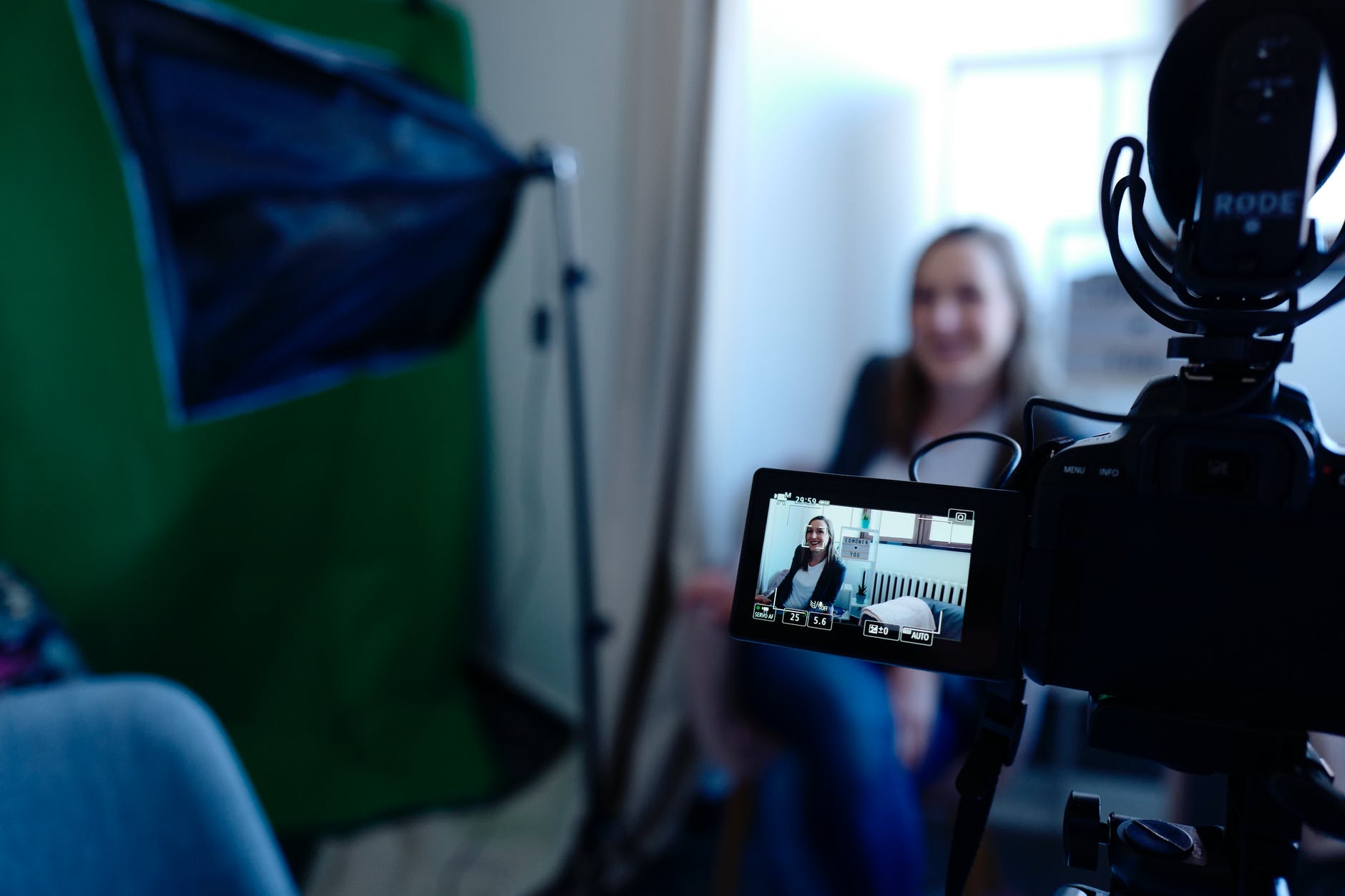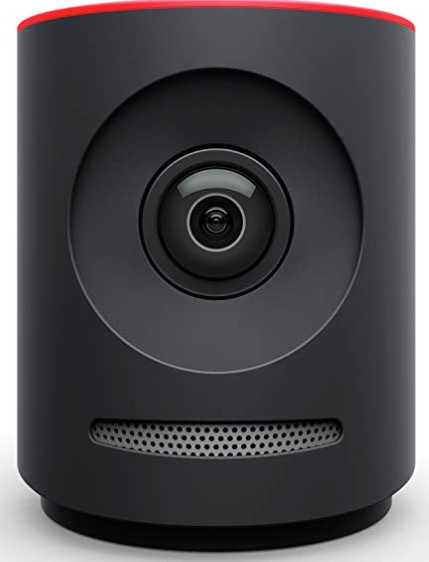Streaming events – An ongoing experiment

This is going to be an ongoing series. Here I am talking about what we currently do and are planning. In future posts I will talk about the testing of the equipment, the use of the equipment and finally changes that we’ve made.
Streaming school events (concerts, athletics, presentations) has always been a bit of mystery for me. In theory it is pretty simple. You need cameras that feed into a computer and that computer then encodes and feeds the video to a streaming service. In practice it is pretty complicated and there are lots of questions:
- What cameras do I use?
- Do I have to wire the cameras?
- How do I manage multiple camera feeds?
- Can I brand or add graphics?
- How do I capture audio from the event?
- How do I encode the video feed so it streams properly?
- Does it have to be 4K?
- What service do I use?
- What programs do I use?
What we do now
Right now, we have it super simple. We use a Mevo Plus camera. They have a newer version but here is what ours looks like.

Here is how you use it. You turn it on (it has a battery) and it connects to your smartphone via its Mevo app. Once they connect you control the camera with your smartphone. You can zoom in, out, and even pan all digitally. It can stream from your phone to YouTube, Ustream, Facebook and others live or you can record it to its micro SD card and then edit the footage later. The camera is a wide angle lens so it does a good job of covering a large area and the output can be up to 4K.
The quality is very good and while the camera we purchased was $400, outside of a tripod we did not need much more. We did buy some accessories, but we have figured to run audio from a soundboard or mixer into the Mevo for greatly improved sound. Overall, we have been very happy with our Mevo and will continue to use it.
There are some issues though. The Mevo is a single camera. There is no way to integrate it with other cameras. It is its own singular solution for streaming. You have one camera and that is it. It is simple and straightforward and that is the beauty of our Mevo, but as we look at covering athletic events, having more than one camera is desirable to cover more of the action. This has led to some good conversations and more importantly a plan.
The Plan
We are looking to stream with multiple cameras but as you add complexity to any solution, it usually requires more equipment, training and of course – money. We are looking for this equipment to be managed by middle school students (with appropriate teacher/administrator supervision – of course) so the solution has to be pretty easy. Easy to set up, use and tear down. All of this is important.
The first part is the BlackMagic Design ATEM Mini Pro ($499). This is going to be the brains of the operation.

This thing looks expensive but it offers a lot of flexibility and power when it comes to streaming. You can have 4 HDMI inputs, professional switching between the inputs as well. You can have two microphone line ins and if you hook it up to a monitor you can view all four inputs at once. Great for producing. Also, you can attach a hard drive to it to record if you don’t want to stream. There is also powerful software you can download and use to get even more power out of this thing. Best of all, it is pretty easy to use. I’ve watched a few demo videos about it and I think that middle school students could be up and running with this deck with some minimal practice and training. This video by Zebra Zone is particularly good. He shows the set up and goes through all of its features one at a time. Just great!
Now on to cameras. We don’t want super expensive prosumer cameras. We are looking to save a little money and through my research we are going with the Canon Vixia HF r800. Yeah that name just rolls right off the toungue there doesn’t it? Here it is from BH Photo.

Now here is the expensive part. We don’t want to be running HDMI cables all over the place, especially if student athletes are going to be walking or running in those areas. We want to do this wirelessly if possible and so an HDMI wireless transmitter/receiver set is in order. This starts expensive and can get really expensive. We decided on the Hollyland Mars 300.

Broadcasting live!
Another piece I would like to add into this setup is the ability for people (ideally students) to announce the games. Rather than just have coaches and athletes talking to each other, it may be a nice touch, but how do you do this?
The ATEM Mini Pro does have two mic inputs and so we were thinking of just adding them that way. Perhaps purchasing some “cheap” broadcasting headsets. The problem with that is that many of them are only XLR and we need a 3.5mm input instead of XLR or 1/4″ inputs.
Another issue is the price. The cheaper headsets are starting at $50 and they quickly go up from there.
What’s next?
The equipment has been ordered. Once we set things up and try it out we try to find a workflow that works for us.
Source: IT Babble Blog and Podcast
You must be logged in to post a comment.